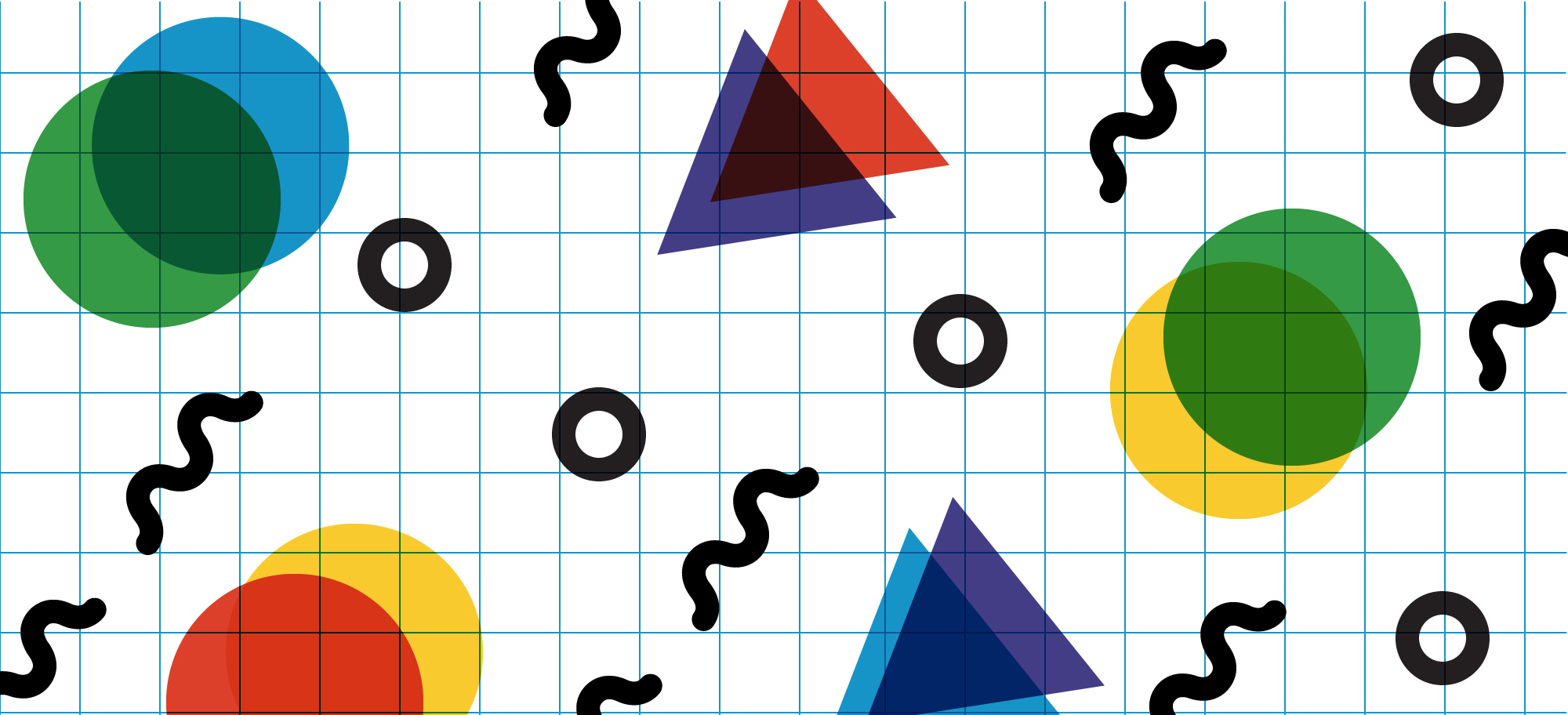“Unseen research is wasted research” — Gregg Bernstein.
As user researchers, we’re a lucky bunch.
Every day, we get to be at the forefront of the many unique and wonderful moments that occur during our user research sessions. The delight, the frustration, the a-ha moments, the uncertainty. Everything that makes us uniquely human.
It’s deeply satisfying leaving a research session with a new perspective. It helps add purpose and clarity to your work. It helps to steer projects and validate assumptions. It makes you more empathetic, more in-tune, more humble, both inside and outside of your work.
There’s a reason why bringing stakeholders and other team members closer to our research is so valuable, and why many organizations are placing more increasing importance on listening to the people who use their products and services (at last!).
Unfortunately the richness of information that comes from our research, doesn’t always translate well into bullet points, emails and brief summaries.
This got me thinking — how can we better translate our findings into compelling insights and anecdotes for others to embrace and enjoy?
Telling better stories
Here are a few ideas to kick-start thinking of new and creative ways to share our findings with others. To tell more compelling and impactful stories, and take others on same journeys we get to experience on a daily basis.
Bite-sized GIFs
In this article, Brad Dalrymple shares simple and effective way GIFs can add a new dimension to our usability test findings. What could be more painful than watching someone click repeatedly in the wrong place? I personally like to use Monosnap — it’s free, easy to use and makes it look like you know what you’re doing. High 5’s all around.
Get your infographics on (creativity optional)
I’m not the most creative person around, but there are many great tools out there that can help you design polished infographics and charts quickly and easily. Rather than being held up by busy designers in your team, check out Canva, Piktochart or Infogram. They can help you create compelling visuals that nicely summarise the outcomes of your research (and are pretty to look at too). Here’s a neat of example of the team at Piktochart using their own tool to communicate their research findings.
Create mini-museums
I love museums. There’s something that draws me into exploring complex stories at my own pace, giving me as much time as I need to process and absorb everything around me. Sometimes the stories we want to tell from our research are just as important, and just as complex. Here’s a great example of mini-museums from the Facebook research team.
Embrace deep-dive people stories
Another gem from the team at Facebook. Deep-dive people stories are a great example of building empathy through connection. Giving each research participant our full attention is a great way to understand the nuances of everyone’s experiences and how they differ. Rather than generalizing findings, make the uniqueness of each participant the focus of your story.
Make your own UX Comic
For those more creative folks out there — what better way to practice storytelling than to tell it in the form of a short and punchy visual strip? Using unconventional media can help draw the attention of your findings, and create something that is striking and memorable. Here’s an awesome interview with Bonny Colville-Hyde of on visually communicating your research through comics.
Build a user research wall
A great way to get into the habit of visually sharing your insights is creating a permanent home for research in your workspace. User research walls are a great way to get you into the habit of communicating your findings visually, and showing the rest of your coworkers the constant evolution of your work. The awesome Digital Service team at gov.uk shares some tips and tricks for building effective research walls here.
Show and tell
Show and tell’s are a great way to expose a broader audience to your work. Seek out existing opportunities (lunch & learn’s, demo days), or create your own. It doesn’t have to be fancy or time consuming either. Here are some tips for presenting user research at show and tell’s in a simple and concise format, that will help to demonstrate the contribution user research is adding to your organization.
Run interactive workshops
Presenting your research findings doesn’t have to be passive. Making it interactive can be a great way to build empathy and understanding, and a great excuse for getting important stakeholders in the same room together. Here are some great tips from Tess Rothstein on running interactive user research workshops.
Whatever method you choose, make sure it matches both the audience and the story you’re trying to tell.
Starting small
We recently did a fun exercise in one of our weekly design & research team meetings. Armed with coloured cards, markers, stickers and decorations, everyone in the team was tasked with finding a piece of feedback from past research (good or bad) and turning it into a fun and engaging visual to hang up in random places around the office.
It was a super simple exercise, that worked surprisingly well.
What if we all took some time to think of ways we could inject the voices of our users into new spaces through new media or remixed versions of old approaches?
Test, iterate, repeat.
Becoming better storytellers takes practice (and courage!).
Why not apply our own research methods to how we present our research? If our insights aren’t having the desired outcome, it’s time to test, experiment, and iterate our way to something we’d want to consume ourselves.
Ask your peers for feedback and don’t be afraid to trial new approaches.
Challenge yourself to make every research project the best, most compelling story you’ve ever told.
This article was originally published on Ania's Medium page.
Header illustration by Laura Leavitt.






